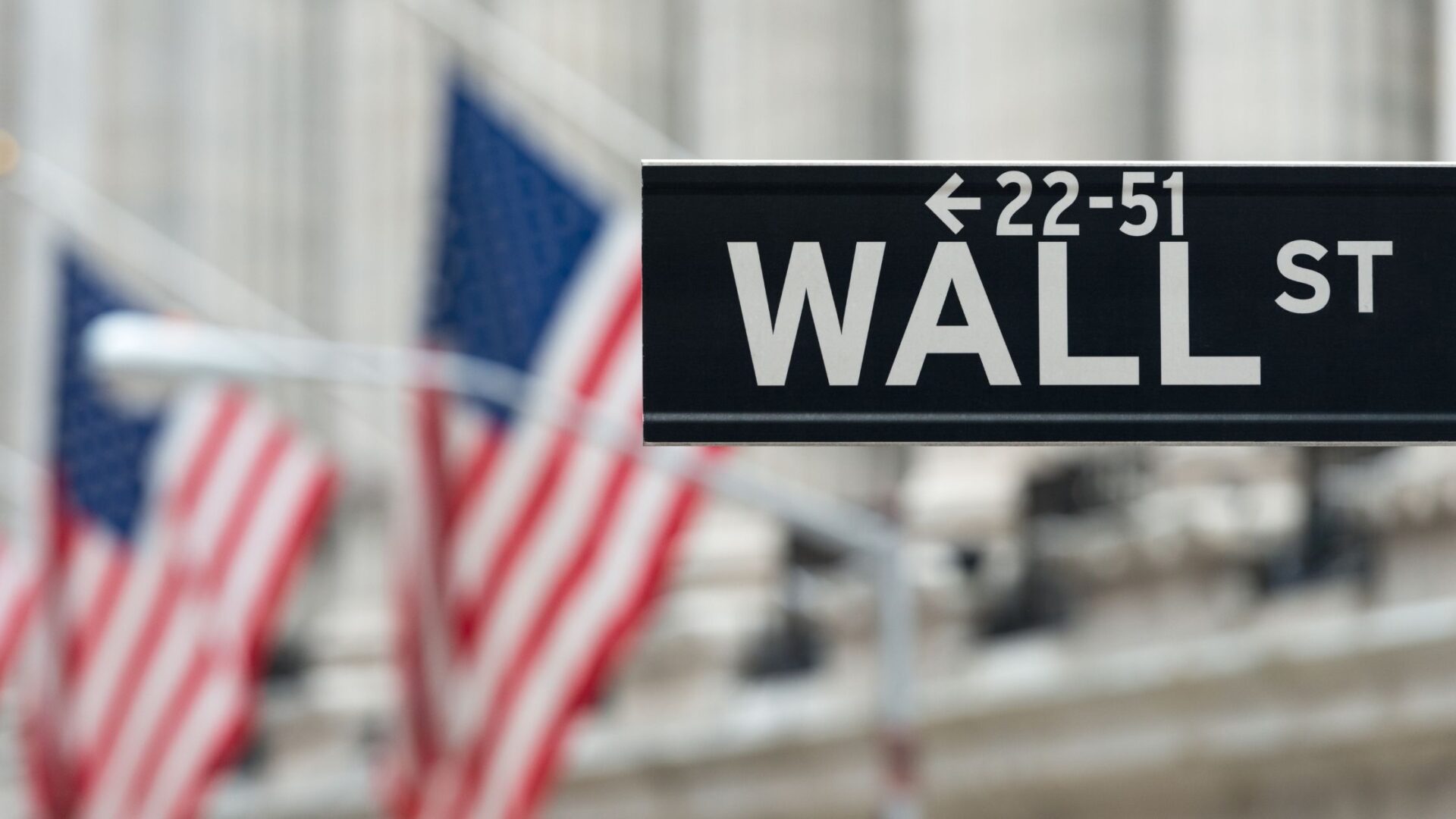Key Takeaways:
- Markets are growing concerned about President Trump’s economic policies.
- The $29 trillion Treasury market reflects macroeconomics and politics.
- The Treasury market’s stability is crucial, with the Fed managing it through rates and bond purchases.
- Inflation is controlled, but political issues with deficits and spending are causing anxiety.
- Republican policies are seen as risky, cutting into the fiscal foundation despite a strong economy.
- Analysts worry about the long-term impact on the US economy and global markets.
Understanding the Treasure Market
The Treasury market, a cornerstone of the US economy, is where economics and politics intersect. It deals with government debt, influencing everything from interest rates to economic policies. Recently, it has shown signs of instability, signaling broader economic concerns.
The Fed’s Role in Stability
The Federal Reserve manages the Treasury market by setting interest rates and, in crises, buying bonds. This helps control inflation and stabilize the economy. However, excessive money printing by the Fed can lead to inflation, a delicate balance they must maintain.
Current Inflation Levels
Despite worries, inflation is at a manageable 3%, lower than in recent years. The Fed’s cautious approach has kept it in check, but political decisions could disrupt this balance, causing market jitters.
Politics: The Real Issue
The root of the problem lies in politics. Large deficits under Republican policies are raising concerns. Historically, advanced economies followed prudent fiscal rules, ensuring sustainable growth, but recent trends suggest a shift away from this practice.
Economic Impacts and Concerns
The US can handle large debts, but current borrowing lacks focus on future investments. Instead, it’s driven by tax policies that favor the wealthy, reducing government revenue. This has led to a deficit that could undermine public services and infrastructure.
Looking Ahead
The combination of political and economic factors is causing anxiety in financial markets. While the economy remains strong, the long-term risks of unsustainable borrowing and political decisions could have significant impacts. Markets are only beginning to recognize these risks, signaling potential challenges ahead for the US economy.
In conclusion, while the Treasury market’s current state isn’t alarming, the underlying issues of political and economic strategy demand attention. As markets awaken to these realities, the focus will be on how policymakers address these challenges to ensure economic stability and growth.

